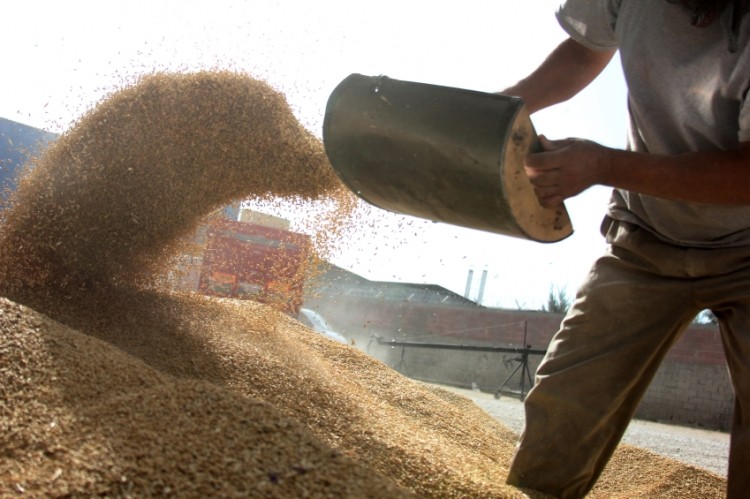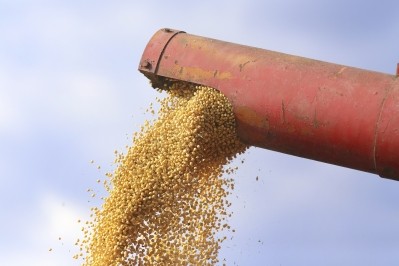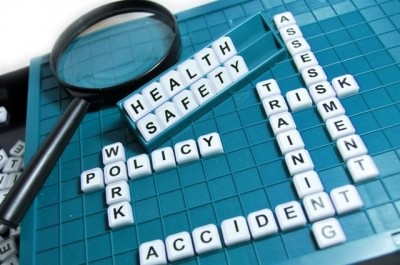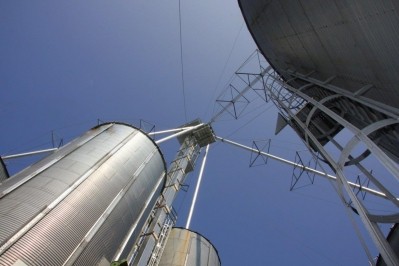OSHA project looks to make Nebraska feed, grain industry safer

A regional plan in Nebraska is focused on eliminating six major hazards, including engulfment in grain, auger entanglements, combustible dust, electrocution hazards, falls and ‘struck by’ incidents, from feed mills and grain handling sites in the state, said Jeff Funke, OSHA’s area director in Omaha.
“The industry continues to have basic safety and health hazards in the form of basic housekeeping, falls and electrocution hazards,” he told FeedNavigator. “All of these are preventable, and until the industry is doing that OSHA will keep up its enforcement.”
Employees have the right to expect a safe workplace, and should bring potential hazards to employers’ attention, Funke said. “If the employer refuses to fix it, or take action in a timely manner, then they can call OSHA.”
The office is in the process of a year-long local emphasis program designed to preemptively address hazards running from October of 2015 through this September, he said.
“Between FY 2004 and FY 2014, the Omaha Area Office investigated at least 25 accidents involving grain or feed storage or handling,” reported OSHA. “Nineteen of these incidents resulted in death. About 20% of the Omaha Area Office investigated fatalities between FY 2004 and FY 2014 (98) were related to grain-handling industries.”
The office currently is investigating a worker’s death related to grain handling, said Funke. “It’s unacceptable to have an employee enter a grain bin without the auger [being] shut off, but we continue to see that happen.”
There are already plans to renew the program for another year, he said. “I don’t see this ending in the near future,” he added.
Hazards found
"Going into a bin with an auger in operation is the most hazardous operation that an employee can do,” said Funke.
Reviewers look at everything in a facility, said Funke, but certain areas have known hazards.
“We put an emphasis on housekeeping,” he said. “An employer is required to have a written housekeeping program and fully implement a housekeeping program.”
The goal of those programs is to reduce the amount of dust found in different parts of the facility, as grain dust is combustible, he said. “If you have a minor combustible explosion it knocks the rest of the dust down, and the second explosion is the [larger] hazard.”
Other areas where hazards are commonly found including items like moving belts, pulleys or equipment that lack shielding and raised areas and ladders that don’t have guard rails or cages, he said.
“Under no circumstances is an employee to enter a bin without the auger or conveyor system locked out,” he said. “Going into a bin with an auger in operation is the most hazardous operation that an employee can do.”
Plan details
The program is designed to “reduce injury, illness, and death rates in the grain handling industry by increasing employers' knowledge in safety and health and promoting safety and health programs through a combination of outreach and enforcement activities,” reported the agency. The program covers animal feed production, grain and field bean wholesalers, warehousing and storage along with flour mills and rice milling.
The office has established a list of feed or grain handling facilities to review and randomized selection process, said Funke. When compliance officers become available they are sent to complete a comprehensive review of a facility.
The assessment is designed to be proactive and seeks to prevent future incidents by identifying potentials for hazards so they can be fixed, he said.
Dangers inherent in the feed and grain industries can stem from the type of work, the product and the equipment used, said Funke.
“It’s the nature of the work, the nature of the product – the agricultural commodities create dust and as you work housekeeping has to be done, and the equipment itself,” he said. “The equipment is designed to move an agricultural product grain, corn, soybeans, and employees work in and around this type of equipment – if it’s not guarded there will be an injury.”
“There’s a need to have training and not to do certain types of activities,” he added.
Some establishments with less than 10 employees are exempt from the preemptive review, he said.
Additionally, facilities that have been recently purchased by larger companies planning to make upgrades in safety and health programs can inform the Omaha office and receive a 90-day deferral of inspection, according to OSHA.










